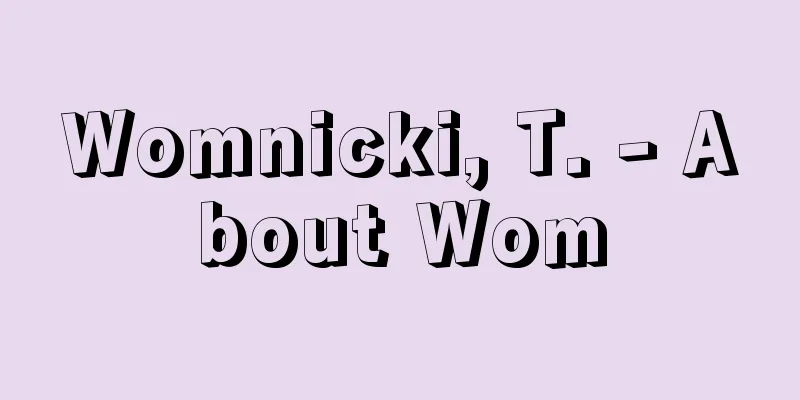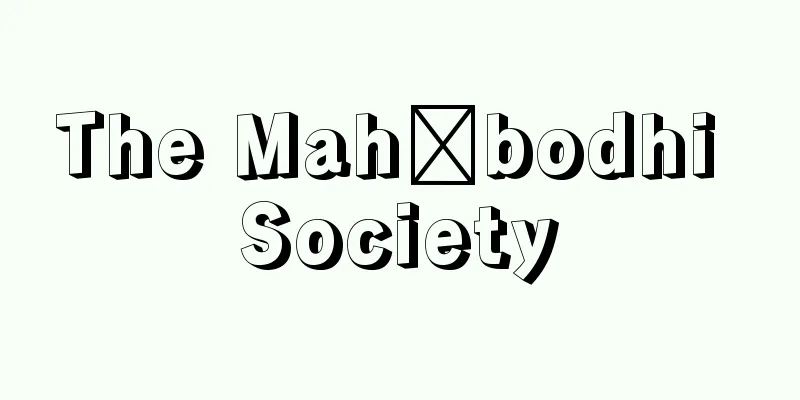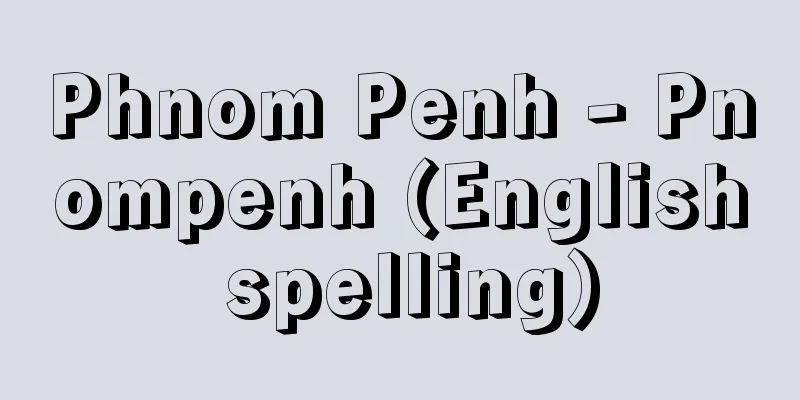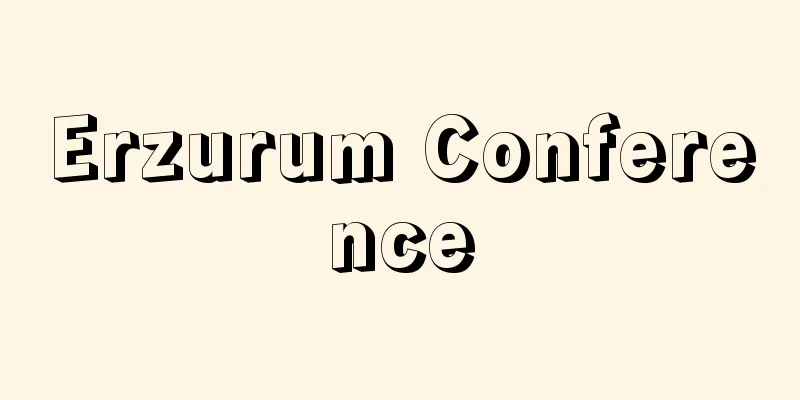Will-o'-the-wisp
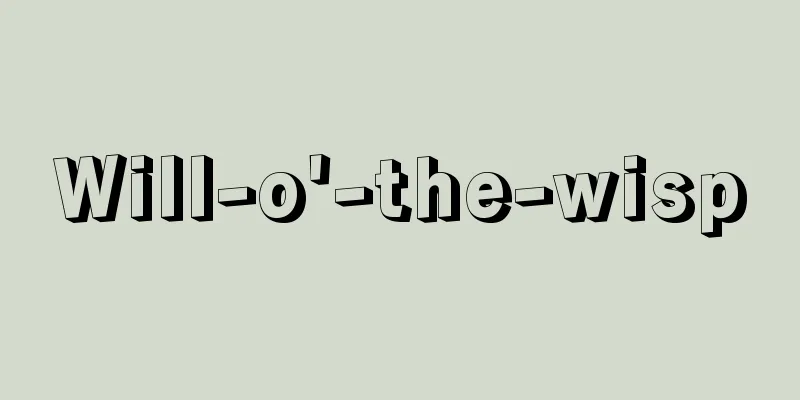
|
One of the mysterious fire phenomena among yokai (specters). Similar to phosphorus fire and fox fire, it floats in the air as blue flames gather and disperse. It is said to be the blood of the dead and cattle that has turned over the years, and it often appears on rainy nights. It appears in places where a large number of people have died, such as ancient battlefields, but in modern ghost stories, it is often found in graveyards. In Kyushu, the fire festival held on Koshogatsu (lit. New Year) is called Onibi or Onibi-taki. In many places it is held on the seventh day of the New Year, and in some places in southern Kumamoto Prefecture, it is held twice, on the seventh day of the New Year and on Koshogatsu. Like the fire festivals held on Koshogatsu such as Dondo and Sagicho, this event is centered around living in a temporary hut outdoors and burning it down after the period of abstinence. There has long been a belief that at the turning points of the year, such as New Year and Setsubun, powerful spirits visit and renew people's spiritual power. On the one hand, this became linked to ancestral faith, and became an event where people welcomed and sent off the spirits with strict abstinence. On the other hand, because of the intensity of the spirits or the strictness of the abstinence, it was understood as the visit of a powerful and frightening thing, and it came to be thought of as an oni. Once the understanding that this is an event to drive away demons became widespread, it went beyond simply lighting a fire to drive away demons; people began to put live bamboo into the fire and set off fireworks, calling it "demon's eyes," and the central pillar of the will-o'-the-wisp was called the "demon's bone," and burning it was likened to burning to death a demon. All of this is similar to the fire festival of Little New Year, in that young men and children are involved, it has a meaning of fortune-telling for the year, and burnt stakes and ashes are used to ward off evil. Separately, at Kinpusenji Temple in Yoshino, Nara Prefecture, there is an event called Will-o'-the-Wisp held on Setsubun. In this event to ward off evil spirits, three demons dance wildly through the smoke of a large goma fire, and the oldest man in the year snatches the torch. [Shoji Inoguchi] [Reference] |Source: Shogakukan Encyclopedia Nipponica About Encyclopedia Nipponica Information | Legend |
|
妖怪(ようかい)のうち、怪火現象の一つ。燐火(りんか)、狐火(きつねび)のたぐいで、青い火が集散しつつ空中を浮遊する。死者や牛馬の血が年を経て化したものといい、とくに雨天の夜によく現れる。古戦場など大量の死者の出た所に出現するが、近世の怪談では墓地に出ることが多い。 また、九州各地では小正月(こしょうがつ)の火祭を鬼火とか鬼火焚(た)きとよんでいる。七日正月に行う所が多く、熊本県南部などでは七日正月と小正月と二度も火祭をする所がある。どんど、左義長(さぎちょう)などという小正月の火祭と同じように、野外で臨時の小屋生活を送り、物忌みが終われば焼き捨てることを中心とする行事である。正月や節分などの年の境に、霊威ある神霊が訪れてきて人々の霊力を更新するという考え方が古くからあるが、これが一方では祖霊信仰と結び付き、厳重な物忌みをして迎え送る行事となり、一方では、霊威の激しさから、あるいは物忌みの厳しさから、強大な恐ろしいものの訪問と理解され、それを鬼と考えることになった。鬼を追い払うための行事だという理解が一般化すると、単に火を焚いて鬼を追い出すというにとどまらず、火の中に生(なま)竹を入れて爆竹を行い、「鬼の目はじき」とよんだり、鬼火の心柱(しんばしら)を「鬼の骨」といって、これを焼くことを鬼の焼殺になぞらえたりする。青年または子供が関与すること、年占(としうら)の意味をもつこと、焼杭(やけぐい)や灰を魔除(まよ)けに使うことなど、すべて小正月の火祭と同様である。別に、奈良県吉野の金峯山寺(きんぷせんじ)では、節分に鬼火という行事がある。大護摩(ごま)の煙の中を3匹の鬼が踊り狂い、年男たちが松明(たいまつ)を奪い取る厄除けの行事である。 [井之口章次] [参照項目] |出典 小学館 日本大百科全書(ニッポニカ)日本大百科全書(ニッポニカ)について 情報 | 凡例 |
Recommend
Marcion
A heretic of ancient Christianity. His life and i...
Frozen semen
Semen diluted with a preservation solution and fro...
Chiharu Imaizumi
Born: December 17, 1775, Saga [Died] September 19,...
F Number - F Number
…Also called F-number. A numerical value that ind...
Mac-Mahon, Marie-Edme-Patrice Maurice de, Duc de Magenta
Born: July 13, 1808, Saône-et-Loire, Sully [Died] ...
Theories of learning - Theories of learning
…It is argued that because almost all neurons at ...
Efu - Efu
A general term for the imperial guard military or...
Psychologism - English spelling: psychologism
A term used by H. Freier to criticize A.F. Vierkan...
Echolocation
This is a special ability held by dolphins and wha...
Making frosted skin - making frosted skin
…In that case, to remove the fishy smell from the...
Galeatus spinifrons (English spelling)
...Some species transmit plant pathogens such as ...
Yuruk (English spelling)
… [Vestiges of nomadic culture] It is believed th...
Dufresnoy, CA (English spelling) DufresnoyCA
…Under the influence of Poussin, C. Le Brun, as t...
Chlorkalk
…In Japan, it is also written as Kariki. It is al...
Exchange rice - Kanmai
...The Kantai system was born during this process...


